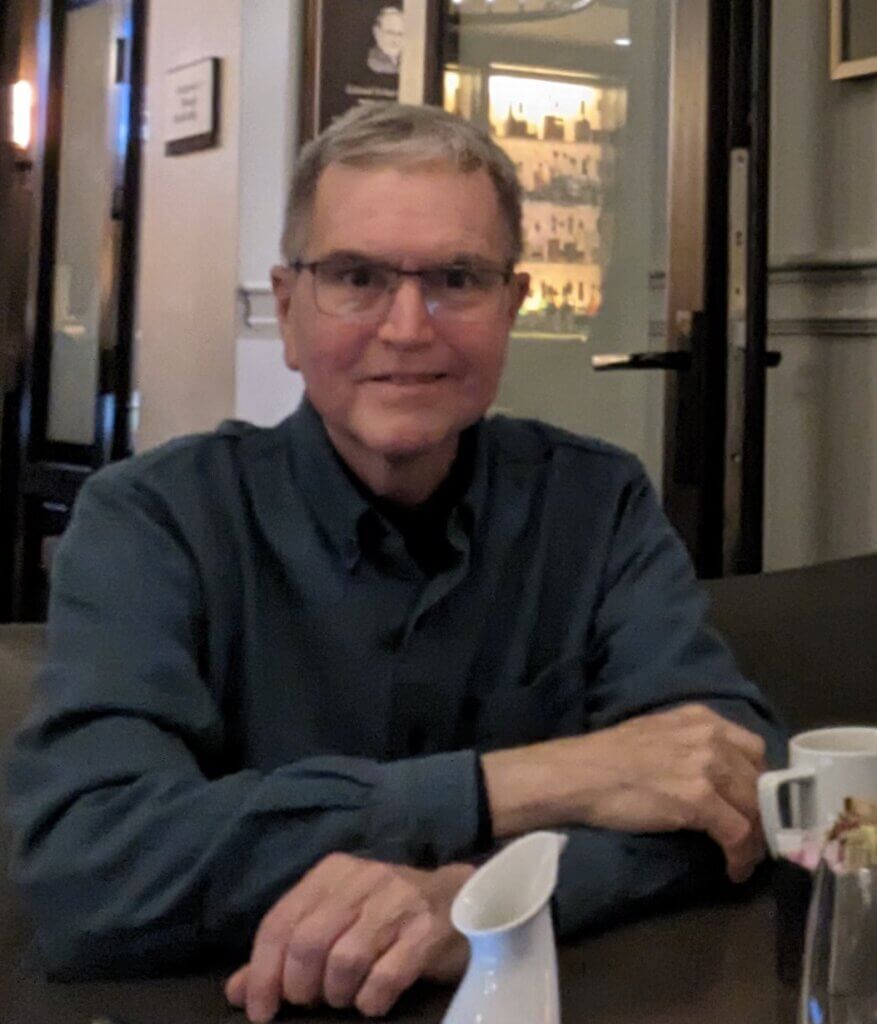When the time came for Jeffrey Ferreira to undergo a stem cell transplant for acute myeloid leukemia (AML), his Dana-Farber hematologist, Corey Cutler, MD, MPH, had some intriguing news: he was eligible for a clinical trial of a new approach to lowering the risk of chronic graft-versus-host disease (GVHD), a common and sometimes severe aftereffect of a donor transplant.
As a participant in the trial, Ferreira would be randomly assigned to receive either additional doses of a drug used to reduce GVHD risk or a placebo. Neither he nor the trial’s staff would know which one he’d received.
As a patient, Ferreira naturally was interested in the chance to receive a helpful treatment. As an educator and husband of an educator, he liked the idea of participating in what is fundamentally a learning opportunity for researchers.
He didn’t need to think twice about enrolling in the trial.
“For my wife and me it was a no-brainer,” says the retired elementary school principal from Longmeadow, Massachusetts. “I agreed right away.”
GVHD occurs when stem cells transplanted from a fully or partially matched donor generate white blood cells that treat their new host as foreign and launch an attack on otherwise healthy tissue and organs. The disease can arise any time after a transplant and can be mild or severe. Depending on the part of the body affected, symptoms can include rash, digestive tract problems, vision changes, fatigue, and jaundice. About 40-50% of patients transplanted with stem cells from a partially matched donor develop the chronic form of GVHD.
To prevent the disease from arising, patients are usually treated with one of two three-drug combinations: cyclophosphamide, tacrolimus, and mycophenolate mofetil, or tacrolimus, methotrexate, and abatacept shortly after transplant.
The trial, led by Leslie Kean, MD, PhD, of Pediatric Oncology at Dana-Farber/Boston Children’s Cancer and Blood Disorders Center, is investigating whether adding four additional doses of abatacept can prevent the later-developing forms of GVHD or chronic GVHD.
“We traditionally treat patients with four doses of abatacept in the first 30 days after transplant,” says Cutler, medical director of the Adult Stem Cell Transplantation Program and director of clinical research in stem cell transplantation at the Dana-Farber Brigham Cancer Center.
“The trial Jeff is in seeks to understand if giving prolonged dosing of abatacept — an additional four doses over the next several months — is associated with a reduction in chronic GVHD rates.”
The trial is open to patients undergoing a transplant of stem cells from a fully or partially matched unrelated donor. All 160 participants will receive the standard three-drug treatment to reduce GVHD risk. Half of the enrollees will receive four extra doses of abatacept and half will receive four doses of a non-active placebo.
Abatacept works by blocking the activation of donor T cells — immune system cells whose misguided attack results in GVHD. Evidence from earlier studies suggests the extending the course of abatacept treatment can lower the rate of chronic GVHD in the first year after treatment, Cutler remarks.

Two-year odyssey
For Ferreira, the clinical trial comes as a coda to a two-year period in which blood tests first showed low platelet counts, then low red blood cell counts, and finally white blood cells counts. The dropping levels led to a diagnosis of myelodysplastic syndrome (MDS), which devolved to AML. For a year and a half following his MDS diagnosis in January 2021, he experienced frequent bouts of neutropenia — a shortage of white blood cells called neutrophils — which led to weeks-long hospitalizations.
The transplant itself, in April of last year, went smoothly, Ferreira says. He’s effusive about the care he received during and after the procedure.
“Every single nurse and member of my care team was amazing,” he says. A clinical trial nurse is assigned to him during his recovery period. “To have someone who’s following my progress so precisely is very reassuring,” Ferreira comments. The care and assistance of his wife, Laurie, made an enormous difference as well, he adds.
Like all partially matched stem cell recipients, Ferreira has been subject to restrictions during his first year post-transplant: to avoid infections, he’s needed to mostly stay at home and be masked and at a distance when people come by. While such limitations can be trying — especially when his grandchildren come for a visit — Ferreira is consoled that they’re merely an extension of the kind of restrictions everyone faced during the lockdown phase of the COVID-19 pandemic.
With the one-year anniversary of his transplant, and the lifting of these restrictions, just weeks away, Ferreira is planning a suitable celebration: a family trip to Disney World.
